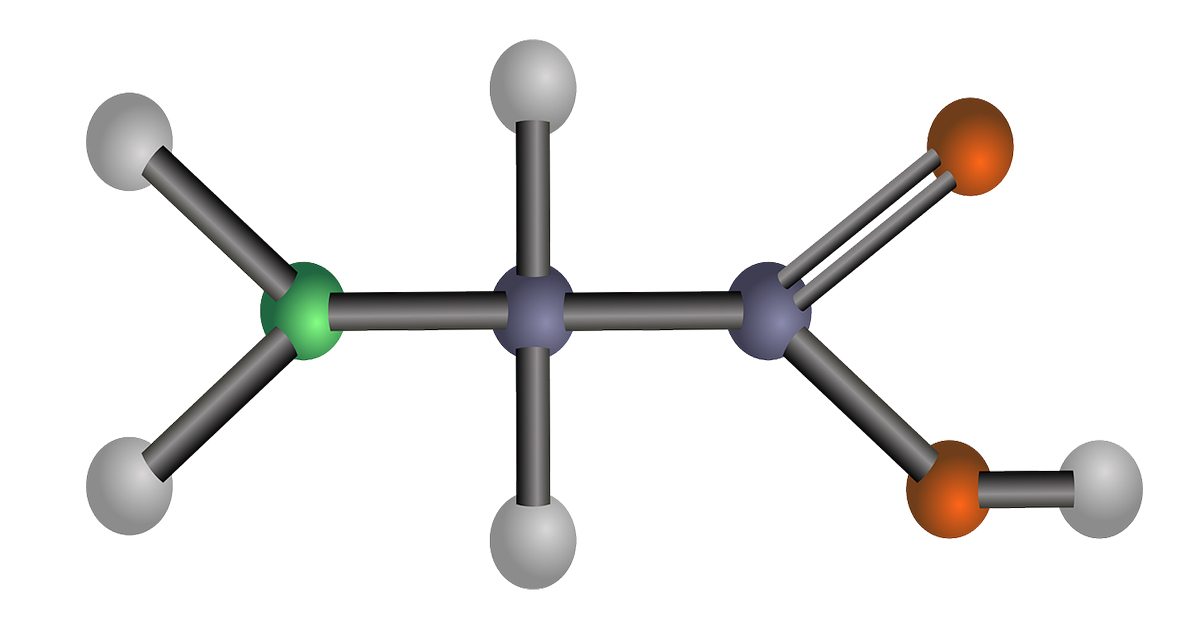Category: Patients

Mesothelioma Early Detection Test Shows Promise For Improving Treatment Options
Researchers from New York University Langone Medical Center presented promising research this week on a new diagnostic test designed to identify mesothelioma at an early stage.
Mesothelioma is an aggressive cancer of the lining of the lung or abdomen associated with breathing asbestos dust. Because the diagnosis is difficult, the asbestos-related cancer often goes undetected until it has reached an advanced stage, limiting patients’ treatment options.
The NYU cancer researchers used a a new diagnostic blood assay test to identify proteins secreted by malignant mesothelioma tumors. Developed by the biotechnology company SomaLogic Inc., the test measures protein biomarkers found in the blood. Using the simple blood test, the NYU researchers identified 19 biomarkers associated with malignant mesothelioma. The aim is to detect mesothelioma early enough to allow for effective treatments, and improve survival rates and the quality of life for patients with mesothelioma.
In a presentation at the annual meeting of the American Association for Cancer Research, the research team, led by NYU cardiothoracic surgeon Harvey Pass, reported comparing 170 blood samples from 90 patients diagnosed with malignant mesothelioma and 80 patients who had been exposed to asbestos, but who had not diagnosed with cancer. Using the protein detection assay, the researchers detected 15 of 19 cases of stage 1 or stage 2 malignant pleural mesothelioma.
Between 1940 and 1979, approximately 27.5 million people were exposed to asbestos in workplaces in the U.S. Symptoms of mesothelioma typically take 20 to 40 years to appear after asbestos exposure so many people will be diagnosed with mesothelioma in the coming decades who were exposed to asbestos in the 20th century.
Approximately 3,000 new cases of mesothelioma are diagnosed each year in the U.S., and the researchers estimated the disease would not peak for another 20 years.

Researchers Test Gastric Cancer Drug for Treatment of Pleural Mesothelioma
Malignant pleural mesothelioma is an aggressive respiratory cancer and remains difficult to control. Researchers keep searching for new treatment options to help mesothelioma patients live longer with the disease.
In a recent article in the medical journal Cancer, Chemotherapy and Pharmacology, Japanese researchers explore the effectiveness of a new anti-tumor drug known as S-1 for treating malignant pleural mesothelioma, which is closely associated with breathing asbestos.
The incidence of malignant mesothelioma is increasing worldwide with an expected peak in 2030 to 2040 in Asia and sooner in the U.S. and Europe. Complicating the treatment of mesothelioma is the fact that symptoms of asbestos-related cancer such as coughing, fluid around the lungs and chest pain are common to other conditions and mesothelioma often isn’t diagnosed until the disease has reached an advanced stage. In addition, mesothelioma patients are typically older and in weaker health. The standard treatment for advanced mesothelioma is a one-two punch of the chemotherapy drugs, pemetrexed and cisplatin. Yet, the overall prognosis for mesothelioma patients remains poor.
S-1, a chemotherapy drug that is taken orally, was developed by the Japanese drug manufacturer, Taiho Pharmaceutical Co. and is sold under the brand name Teysuno. It is used to treat patients with gastric cancer in Japan, Korea, China and other Asian countries. It was recently recommended for approval as a first line treatment for gastric cancer in Europe, but is not yet available in the U.S.
S-1 is designed to prevent the growth of cancer cells and also to enhance the effectiveness of another anti-cancer medication, 5-FU. To test the drug’s effectiveness on mesothelioma, researchers at the University of Tokushima implanted malignant mesothelioma cells into the chest cavities of mice. Their intent was to see whether S-1 would reduce the growth of cancerous tumors and the occurrence of bloody pleural fluid caused by mesothelioma.
The researchers reported that treatment with S-1 significantly reduced tumor growth in mice with certain lines of mesothelioma cells and prolonged their survival. One of the key compounds in S-1 is CDPH, which enhances the antitumor activity of 5-FU as well. Since human patients are typically diagnosed in the later stages of mesothelioma, the researchers delayed treating the mice until their tumors were advanced. They still responded to the chemotherapy and it prolonged their survival, suggesting that S-1 may be applicable for treatment of human mesothelioma patients in a clinical setting.
The research suggests that S-1 may be an effective therapy for controlling malignant pleural mesothelioma.

Mesothelioma Patient Survives More than Seven Years After Diagnosis with Rare Tumor
Mesothelioma, a cancer associated with inhaling asbestos, typically appears as malignant tumors in the lining of the lung or the lining of the abdomen. The cancer also can appear in the lining of the heart, though it’s uncommon. This form is called pericardial mesothelioma and accounts for only 1 percent of mesothelioma cases.
In the medical journal Rare Tumors, doctors at the University of Virginia report on the case of a 59-year-old man who has survived more than seven years since being diagnosed with pericardial mesothelioma. The man appeared at the hospital in 2003 after experiencing symptoms of periodic chest pain and fatigue after exertion. An x-ray of his heart revealed a large mass in the lining of the heart attached to the right ventricle.
Doctors performed surgery and removed much of the mass, but couldn’t remove all of it because of its involvement with the heart muscle. Lab tests confirmed it to be malignant mesothelioma. Typically, malignant tumors in the lining of heart are the advance guard of a cancer spreading from the lung, breast or elsewhere. Mesothelioma tumors originating in the lining of the heart are rare.
The patient received chemotherapy for three years, but his disease continued to advance. The initial chemotherapy consisted of eight cycles of gemcitabine and cisplatin. The combination of gemcitabine and cisplatin is one of the most common chemotherapy treatments for mesothelioma patients. After doctors observed the malignant mass growing again in January 2005, the patient received an additional six cycles of chemotherapy consisting of gemcitabine and carboplatin. Doctors observed that the mesothelioma was spreading again in November 2005; an MRI revealed that the mass had increased in size.
The patient received high-dose radiation treatment and tolerated the treatments well. The mass shrank in size after radiation. The patient has survived 50 months since the completion of radiation with no evidence of the mesothelioma returning. It has been 86 months since the initial diagnosis.
While the doctors acknowledge the outcomes are often less striking than this case, the doctors recommend high dose radiation for patients with inoperable or recurring pericardial mesothelioma.
About 2,500 to 3,000 Americans are diagnosed with mesothelioma each year, many of them workers who were exposed to asbestos decades ago in the workplace. The most common form of mesothelioma, accounting for about 60-70 percent of cases, is pleural mesothelioma, a cancer of the lining of the lung. Most of the remaining cases involve the abdominal cavity and are known as peritoneal mesothelioma.
Guidelines for Mesothelioma Treatment
The incidence of malignant mesothelioma, a respiratory cancer associated with inhaling asbestos, is expected to double in many countries in the next 20 years, according to the European Society of Medical Oncology. In the United States, approximately 2,500 to 3,000 people die of mesothelioma each year.
In an article in the July issue of the Annals of Oncology, the European Society of Medical Oncology outlines treatment guidelines for patients with mesothelioma. The clinical practice guidelines are developed by the non-profit professional organization, which promotes advances in cancer treatment and prevention, to assist doctors and patients in making decisions about appropriate health care. According to the practice guidelines:
Patients with mesothelioma often first have symptoms of shortness of breath due to excess fluid in the chest. Patients with more advanced cases may have chest pain. A chest x-ray or scan may suggest a case of mesothelioma based on thickening of the membrane lining the the lung called the pleura. Laboratory examination of chest fluid can confirm a diagnosis of mesothelioma. But the lab reports are often equivocal.
Doctors should interview the patient about their work history to try to determine if they were exposed to asbestos in their workplace, the most common cause of mesothelioma. Most cases of mesothelioma are due to occupational exposure
The gold standard for diagnosis of mesothelioma is a microscopic examination of specific antigens in a tissue biopsy obtained through a surgical procedure called a pleuroscopy. A surgical instrument is inserted into the patient’s chest through an incision to collect tissue. Research studies suggest that certain proteins and oseteopontin, a human gene product, are useful indicators to support a diagnosis of mesothelioma.
After doctors confirm a diagnosis, a CT scan of the patient’s chest is used to assess the advancement of the cancer. An accurate assessment of the mesothelioma’s stage is essential to determine the most appropriate treatment and the patient’s prognosis. Malignant pleural mesothelioma rarely spreads to distant parts of the body, but patients often have advanced localized cancer in their respiratory system when they are diagnosed.
Various surgical procedures have been used with varying degrees of success, according to the European Society of Medical Oncology. Surgery should be performed only on patients with less advanced cases of mesothelioma as part of a multi-pronged approach to treatment combined with chemotherapy and/or radiation. The use of radiation in treating mesothelioma has been limited because of the difficulty of irradiating such a large area of the body as a lung without irreparably harming the adjacent healthy lung. Still, it is used.
As far as chemotherapy, the use of combinations of cancer drugs, permetrexed and cisplatin, and to a lesser extent, raltitrexed and cisplatin, have led to improved survival results in patients as well as lung function and symptom control, compared to use of cisplatin in clinical trials. The combination of permetrexed and carboplatin is an effective alternative chemotherapy.
Free Mesothelioma Patient & Treatment Guide
We’d like to offer you our in-depth guide, “A Patient’s Guide to Mesothelioma,” absolutely free of charge.
It contains a wealth of information and resources to help you better understand the condition, choose (and afford) appropriate treatment, and exercise your legal right to compensation.
Download Now